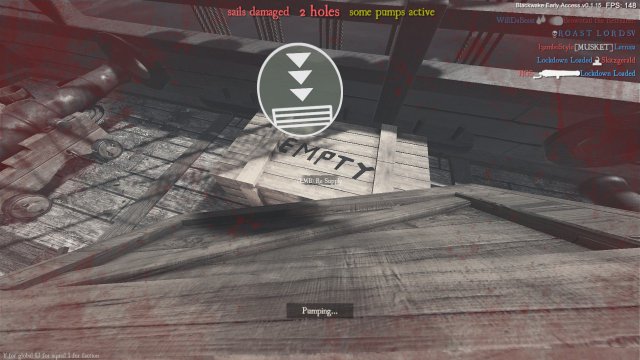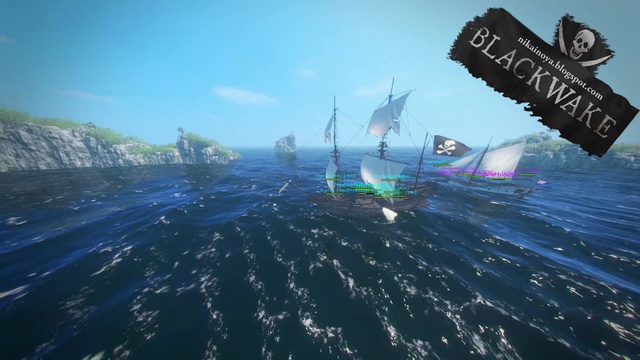
I picked ships that I felt best represented meaningful differences in gameplay and gameplay styles for different player counts, hence something more exotic like a Junk. My goal with this wasn't so much realism as it was having a variety of Meaningful Gameplay. I personally wouldn't mind seeing another sail there on multiple ships but it may be part of their gameplay Thats an interesting idea, perhaps I should take 's idea and ditch the Junk, and have the 2-3 player ship be the Brig and the 3-4 Ship be the Frigate and give it 3 masts. This is dependent on whether Rare intends to allow a 6 person or odd number crews and whether they will ever create a military or bounty hunting I do like the idea of adding that sail, but Galleons clearly had that as well and Rare made a decision not to include it and instead have the prow as more of a social and boarding space. Since it is a warship it would be reserved for military or bounty hunting duties. Galleon, just as it is now, 8 guns, 4-6 people.įrigate, 3 mast ship, 12 guns, 4-6 people, smaller and slightly more maneuverable than a galleon. If I am not mistaken this was the preferred ship for pirates because of its balance of size, maneuverability, and firepower.

Sloop, just as it is now, 2 guns, 1-2 person ship, highly maneuverable.īrig, 2 mast ship, 2-3 people, 4 guns, less maneuverable than a sloop.īarque, 3 mast ship, 3-4 people 6 guns, less maneuverable than the sloop and brig but faster than both with the wind. Again, I like where you were going with this. The man o war is again, a warship, not exactly a ship that pirates would be using.

They were smaller and slightly more maneuverable than a galleon, and were more heavily armed. Frigates tend to be 3 mast ships and operated by military or pirate hunters. From what I read it was a ship that saw most of its use, even today, around China and Japan, not the Spanish Main.

The junk is an unusual choice as I do not see where it fits into piracy. Sloop is fine and against the wind, should outrun the other larger ships. After all, this was the side that faced the port, allowing supplies to be ported aboard by porters.I like what you did here, you really put a lot of thought into it, and some art work.

This side became known as larboard, or "the loading side." Over time, larboard-too easily confused with starboard-was replaced with port. Sailors began calling the right side the steering side, which soon became "starboard" by combining two Old English words: stéor (meaning "steer") and bord (meaning "the side of a boat").Īs the size of boats grew, so did the steering oar, making it much easier to tie a boat up to a dock on the side opposite the oar. Most sailors were right handed, so the steering oar was placed over or through the right side of the stern. In the early days of boating, before ships had rudders on their centerlines, boats were controlled using a steering oar. When looking forward, toward the bow of a ship, port and starboard refer to the left and right sides, respectively. Since port and starboard never change, they are unambiguous references that are independent of a mariner’s orientation, and, thus, mariners use these nautical terms instead of left and right to avoid confusion.


 0 kommentar(er)
0 kommentar(er)
